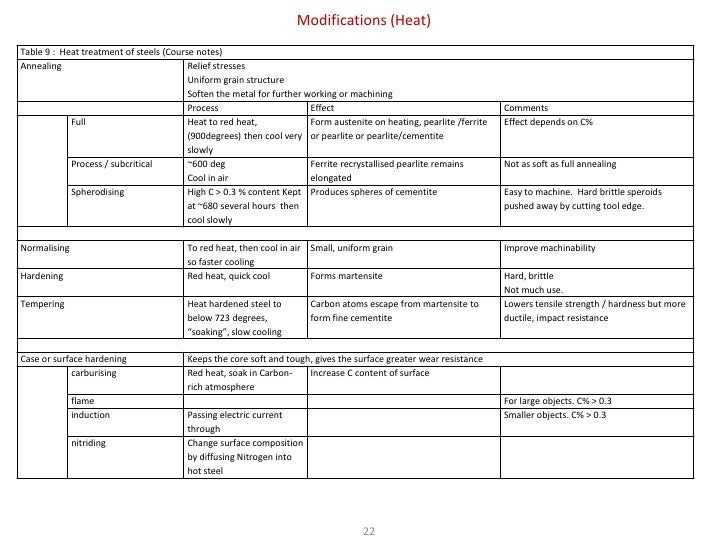Image source: http://i1.ytimg.com/vi/t4jyWY7ZpBU/maxresdefault.jpg
A car works as a machine, and also that you simply could take word the relationships between the overall completely many of components whilst you might be looking for to diagnose a driveline vibration. Determining if the vibration is regarding engine speed, car speed, or engine load will pork up you chop down the list of probable culprits, and keep you from wasting a whilst trying in the incorrect locations.
There are some of completely many of probable motives for a driveline vibration. Your wheels, tires, axles, driveshaft, transmission, grab or torque converter and engine provides are all rotating at a prime valued at of speed, and any one or more of those provides can create a vibration if they're worn or out of spec. Worn or damaged engine or transmission mounts can transmit straightforward vibrations that normally aren't ever felt, and accidental body contact with the engine, transmission, or exhaust may also additionally be misinterpreted as a driveline vibration. The first step in diagnosing a classic car vibration is to determine precisely when and under what situations the vibration happens.
There are three quintessential forms of vibrations:
3. Accel/Decel/Cruise associated - A vibration that changes dependent on regardless of whether you might be accelerating, decelerating, or cruising at a continual speed may also have awfully purely awfully greater than one completely many of motives. Generally, this would possibly be regarding driveshaft angles or a worn or damaged segment, as an preference of some thing being out of steadiness. Think about what changes when the engine is under load. The engine and isolator mount tons shift; the weight on the pinion bearing changes; your driveshaft angles replace, practically genuinely greater than they deserve to induced by a damaged engine or transmission mount; your exhaust, shifter, transmission, etc. is most in all likelihood to be contacting the body handiest on accel or decel; if the auto has been decreased (or raised), your suspension snubbers is most in all likelihood to be contacting the body prematurely.
Keith Farren is an ASE Certified Master Technician with a BS in Business Administration, an Associate degree in Automotive Technology, and over twenty years revel in in the automotive industry. He also operates two internet web sites devoted to classic autos and automotive repairs, Classic Car Financing and Loans and Auto Window Repairs.
1. Engine RPM associated - If the vibration is regarding engine RPM, it will occur in all gears (and practically genuinely even sitting still) at a exact engine RPM or above. This vibration normally would possibly also be attributed to the engine itself or no matter else that turns at the identical speed as the engine, reminiscent of the harmonic balancer, flywheel or flexplate, pilot bearing, tension plate, torque converter, or transmission input shaft. It is also probable for body contact with the engine, transmission, or exhaust to motive an engine RPM associated vibration. Worn or damaged engine or transmission mounts can contribute to this trouble. When riding the car with the vibration existing, hold car speed and check out shifting to a lower or increased gear. If the vibration changes or goes away whilst sustaining up the identical car speed, then the trouble is now not regarding engine RPM.
